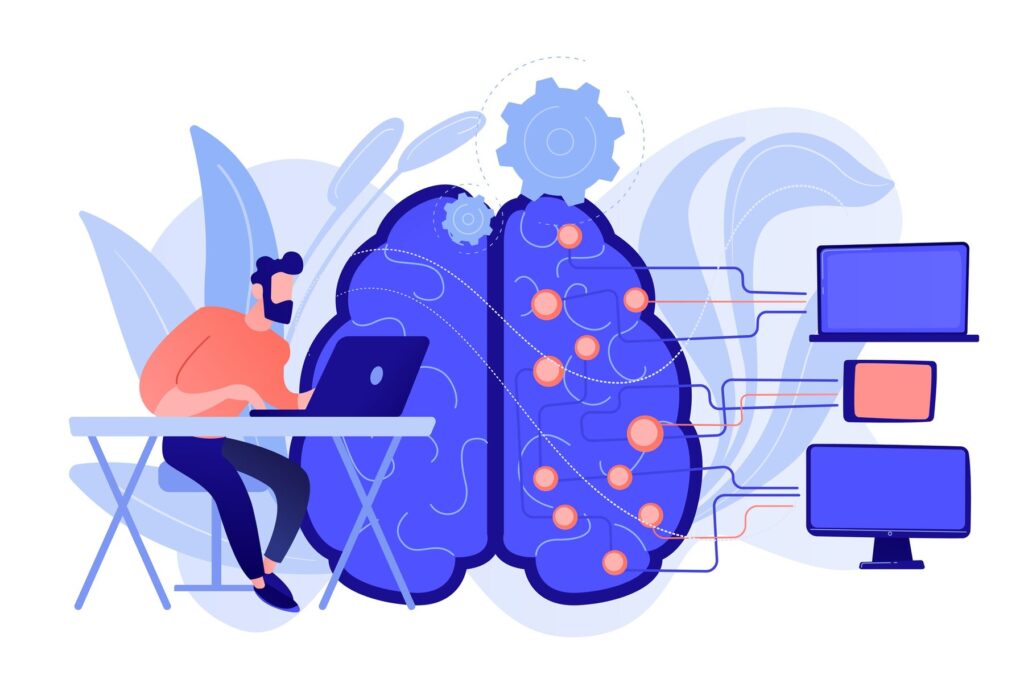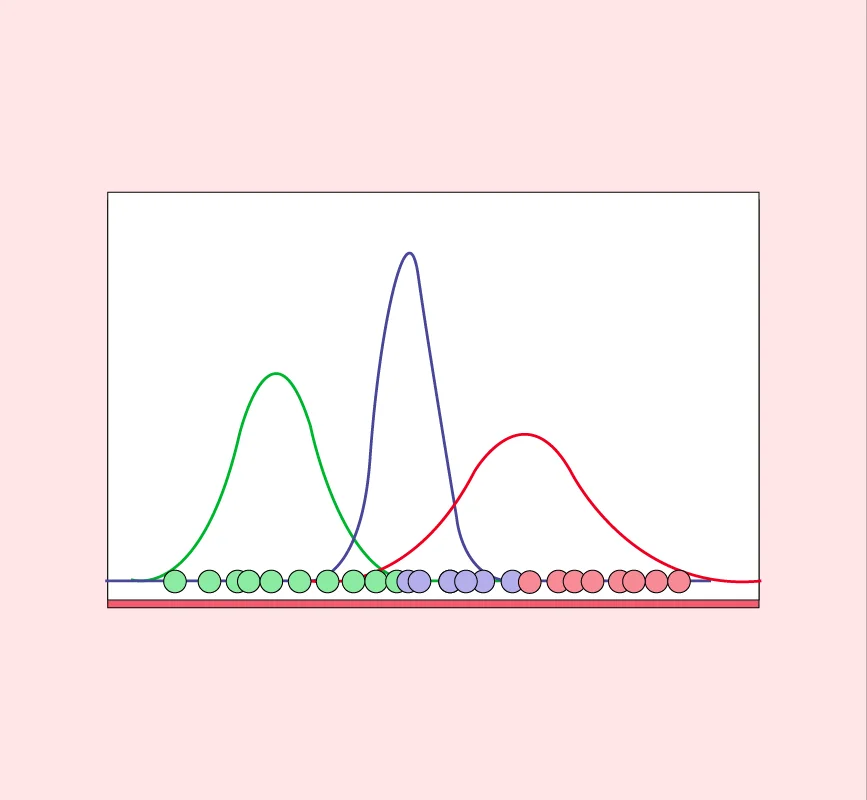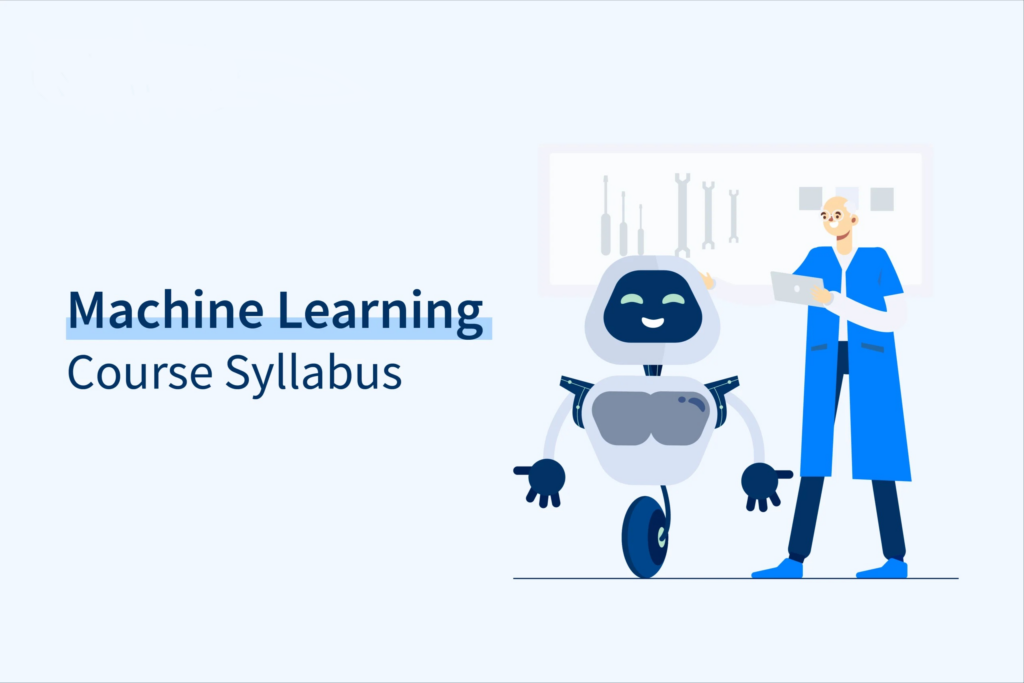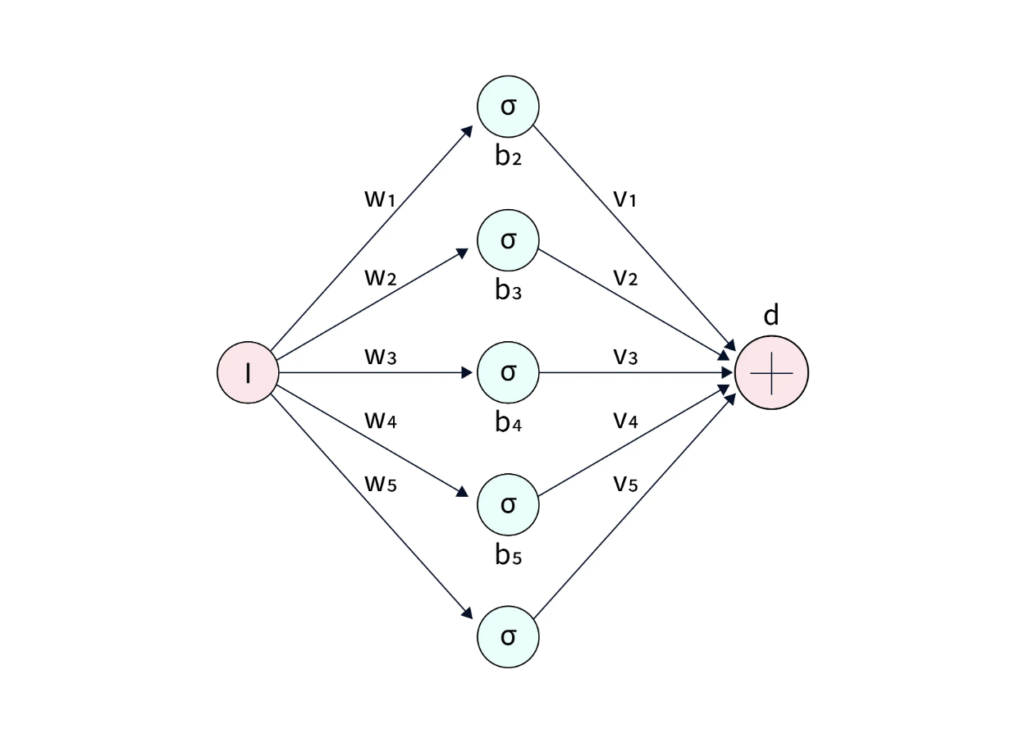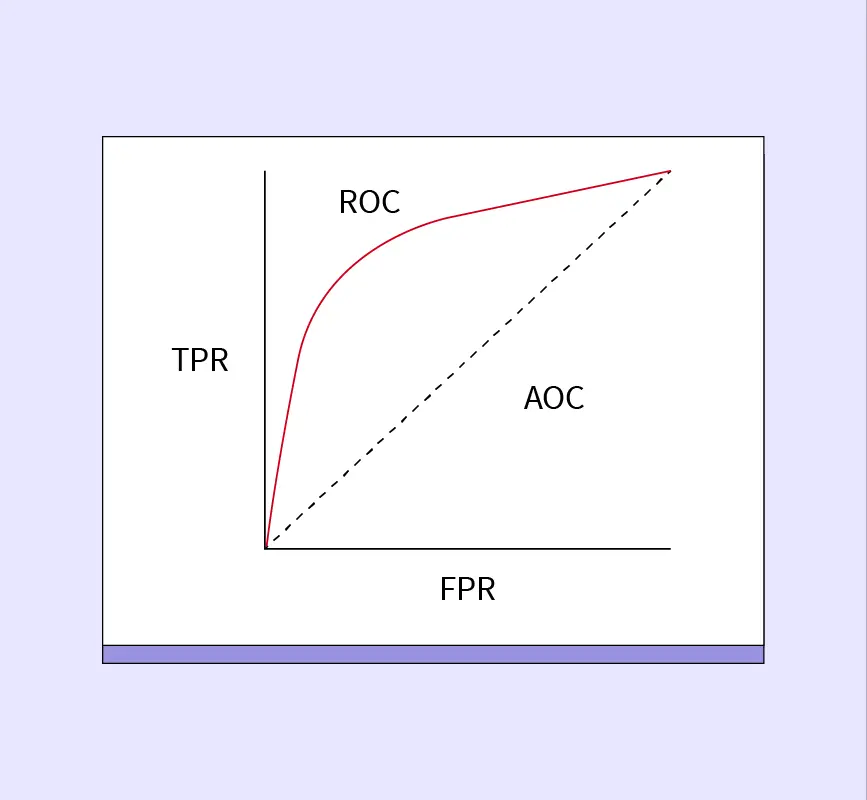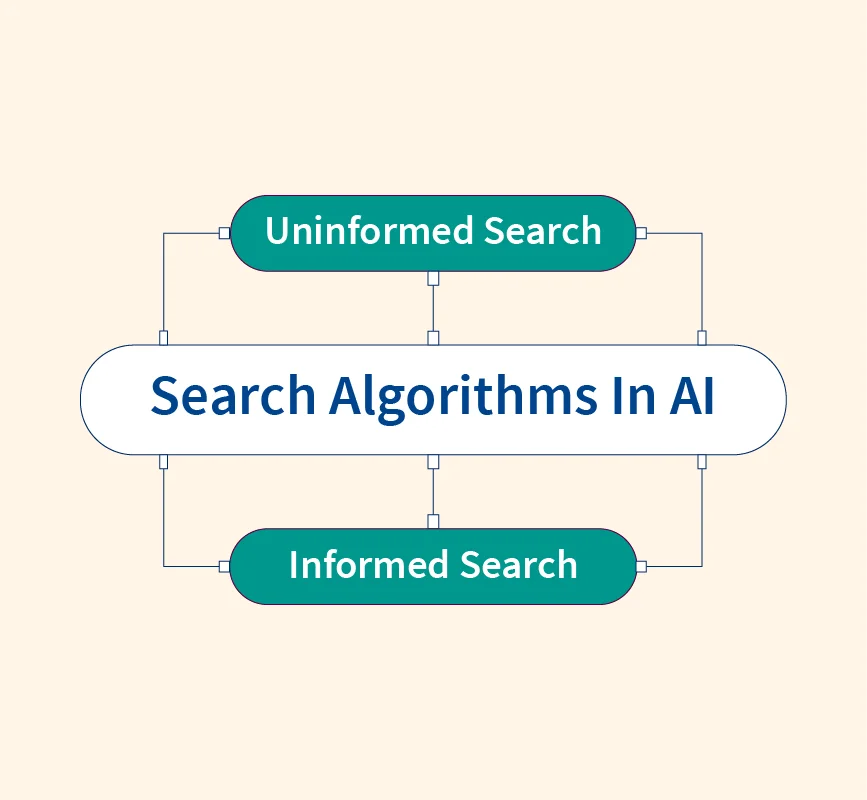How to Get Datasets for Machine Learning?
In the world of machine learning, datasets are the foundation for building effective models. High-quality data not only ensures accurate predictions but also helps uncover hidden patterns. However, acquiring the right dataset can be a challenge, especially for beginners or those working on niche problems. Understanding where and how to find suitable datasets is crucial ...


